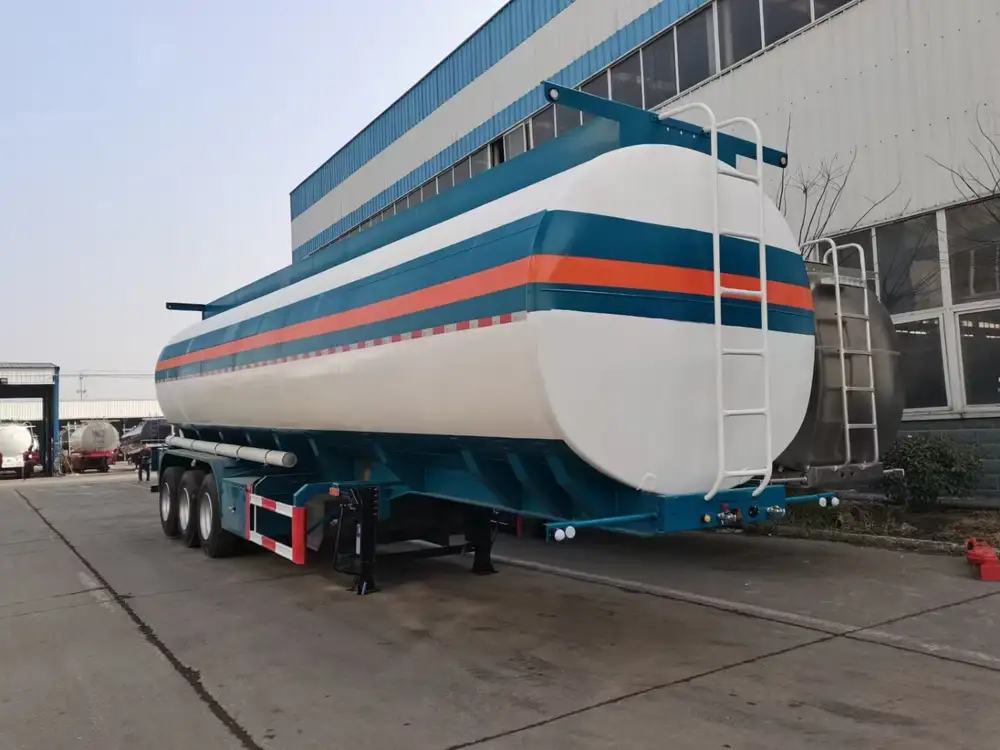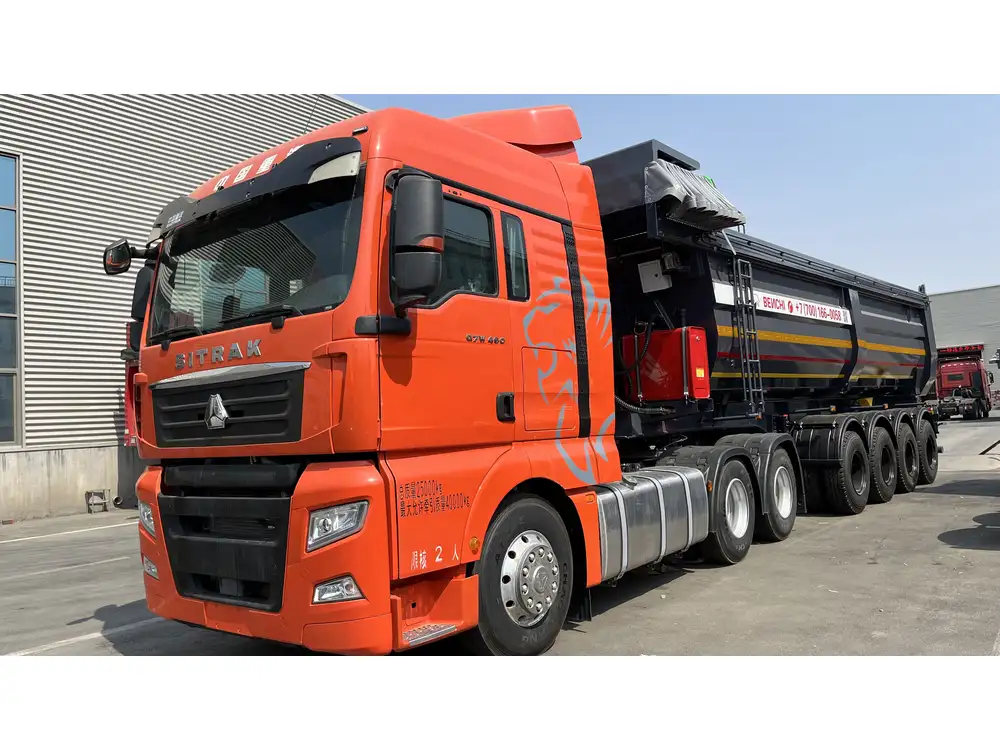Riding in a semi-trailer can be an enticing thought to those who are intrigued by the sheer size and power of these massive vehicles. However, many individuals remain unaware of the legalities and potential risks involved. This article seeks to clarify the complexities surrounding this issue, exploring regulations, safety instructions, and alternative considerations for various stakeholders including passengers, truck drivers, and fleet operators.
Legal Status of Riding in a Semi Trailer
Federal Regulations
The first layer of understanding regarding the legality of riding in a semi-trailer lies at the federal level. The Federal Motor Carrier Safety Administration (FMCSA) establishes guidelines for commercial vehicular operation, including restrictions around passenger transport.
Commercial Vehicle Definitions:
- A semi-trailer is classified as a commercial vehicle used primarily for the transportation of goods. The FMCSA mandates that any passenger carriage in such vehicles must comply with specific regulations.
Passenger Restrictions:
- According to FMCSA regulations, only certain individuals may legally ride in a semi-trailer. Essentially, a semi-trailer is designed for cargo transport, not for passenger travel. The only permitted passengers are those who are part of the vehicle’s operation—for instance, a safety inspector or a co-driver.
State-Level Considerations:
- Aside from federal laws, individual states may impose their own restrictions concerning passenger transport in commercial vehicles. It’s critical to check local transportation laws as they can differ widely. For instance, some states might allow passengers under explicit conditions, while others might have stricter prohibitions.

Summary of Compliance Guidelines
| Regulatory Body | Passenger Allowed | Conditions |
|---|---|---|
| FMCSA | Only individuals necessary for operation | Must be actively engaged in the transportation task (e.g., co-driver, inspector) |
| State Regulations | Varies by state | Individual states may impose different rules—always consult local laws |
Risks Associated with Riding in a Semi-Trailer
While the allure of riding in a semi-trailer might appeal to adventurous spirits, numerous risks accompany this choice. Understanding these can lead individuals to make safe and informed decisions.
Safety Hazards
Lack of Safety Equipment:
- Semi-trailers generally lack the necessary safety equipment found in passenger vehicles. There are no seat belts in the cargo area, and if an accident occurs, the risk of injury or fatality is significantly heightened.
Unpredictable Cargo:
- Loading and securing cargo can vary greatly. A sudden stop or swerving avoidance maneuver can dislodge unsecured load items, posing risks to passengers standing or sitting within the trailer.
Limited Visibility:
- Trailing behind the cab, the driver in a semi-truck does not have a clear line of sight to the rear of the trailer. This can lead to dangerous situation where the driver cannot react appropriately to hazards.

Legal Repercussions
Liability Issues:
- In the event of an accident involving a passenger illegally riding in a semi-trailer, complications arise concerning liability. Insurance coverage might not go into effect, leading to financial burdens on all involved—drivers, operators, and passengers.
Traffic Citations:
- If law enforcement observes passengers in a semi-trailer, the driver may be subjected to fines or legal consequences. Such citations can also lead to increased scrutiny from regulatory bodies, potentially jeopardizing the driver’s commercial license.
The Alternative: Safe Transportation Practices
Recognizing the dangers and legal hurdles, it’s essential to explore safe and legal alternatives for those who need transportation alongside a driver of a semi-trailer.
Rideshare Options
Utilizing Partner Carriers:
- Many trucking companies partner with rideshare services to offer passengers secure transportation options. Investigate local carriers that provide safe transportation to and from loading docks.
Organizing Fleet Transport:
- Larger logistics enterprises often have established protocols for employee transport. Coordinating with fleet management can ensure safe and regulated rides for employees or operators.

Enhancing Safety Protocols
Training and Education:
- Educating drivers, operators, and permissible passengers concerning safety risks can foster an understanding of the regulations governing semi-trailers. Proper training protocols can mitigate risks while maintaining compliance with federal and state laws.
Use of Technology:
- Leveraging technology to monitor cargo can enhance safety. Devices like GPS and load weight sensors can provide data to inform drivers about potential safety risks in real time.
Understanding Common Questions
What are the Exceptions to the Rules?
Emergency Situations:
- Under unique circumstances, such as emergencies or operational necessities, specific passengers might be allowed to ride. This does not erase the inherent risks involved, warranting careful consideration and planning.
Under Supervision:
- In certain contexts, such as during inspections or training programs, individuals may be permitted to ride. However, these situations are exceptions and must be planned with adherence to regulations.

Are There Consequences for Non-Compliance?
Fines and Legal Actions:
- Engaging in practices against the stipulated guidelines can lead to dire consequences. The individuals involved might face fines, legal actions, or loss of credentials for those in transport professions.
Increased Insurance Premiums:
- Irregularities in compliance can incline insurance providers to increase premiums, impacting operational costs long-term. Maintaining an exemplary safety record is essential for businesses relying on trucking transport.
Conclusion: Prioritizing Legal and Safe Practices
In summary, while the thought of riding in a semi-trailer may present a sense of adventure, it’s imperative to approach this desire with caution and an informed mindset. Navigating through the complexities of legal statutes, safety concerns, and potential repercussions can foster an environment where informed choices allow for safer practices.
Trucking resides at the crossroads of transportation efficiency and legal complicity. By absorbing regulatory guidance, comprehending the inherent risks, and actively seeking safer alternatives, stakeholders can better navigate the multifaceted landscape of semi-trailer transportation. The legal landscape surrounding passenger transport is not fixed; it evolves alongside discussions prioritizing both safety and compliance. Thus, keeping abreast of changes can empower individuals to make decisions that uphold safety while minimizing legal liabilities.
Engagement in responsible practices ensures that whether one is operating, supervising, or simply curious, they fully grasp the implications tied to riding in semi-trailers—a choice that should always prioritize safety and legality above all.



